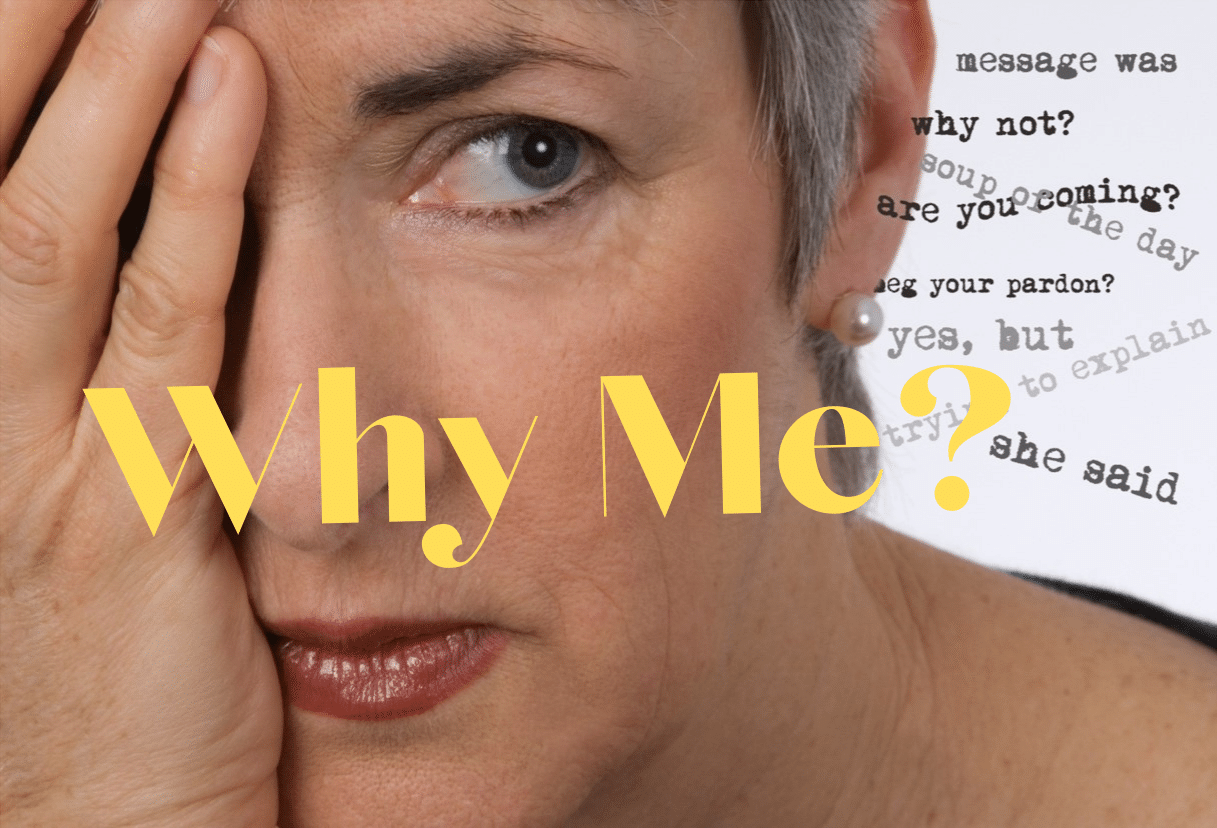Hearing implant maker, Cochlear Ltd, announced last week the commercial availability of the new Baha SoundArc in the United States and Canada. The new device is a non-surgical bone conduction wearing option for children with conductive or mixed hearing loss, or single-sided deafness (SSD), who are not yet eligible or ready for an implant.
The Baha SoundArc and accompanying Softband are designed to provide the same benefits and hearing performance and will work with one (unilateral) or two (bilateral) Baha 5 Sound Processors.
“All previous non-surgical devices have used the head or ears to aid in retention. With the Baha SoundArc, we needed to find a way to deliver excellent sound quality, power performance and fit different head shapes and sizes without compromising on comfort. This makes the SoundArc unique.” –Mats Dotevall, Director, Design and Development, Cochlear Bone Anchored Solutions
Bone Conduction Hearing Implants
A bone conduction device, such as the Cochlear Baha system, can benefit someone with:
- Conductive hearing loss, which occurs when damage to the outer ear or middle ear blocks sound vibrations from reaching the inner ear (cochlea). Common causes include malformations at birth such as microtia and atresia; syndromes such as Down, Goldenhar and Treacher Collins; chronic mastoiditis or middle ear infections; skin growth or cyst (cholesteatoma); skin allergies; draining ears; chronic ear infections; previous ear surgeries; benign tumors.
- Mixed hearing loss, which refers to a combination of conductive and sensorineural hearing loss. This means there may be damage in the outer or middle ear, as well as the inner ear.
- SSD, which occurs when there is little or no hearing in one ear, but normal hearing in the other ear. Common causes include viral infections; Meniere’s disease; adverse reaction to medications; head or ear injuries.
According to Cochlear, the US Food and Drug Administration (FDA) has provided clearance, and Health Canada has licensed the Baha System for implantation, in children aged five years and older.
Source: Cochlear






